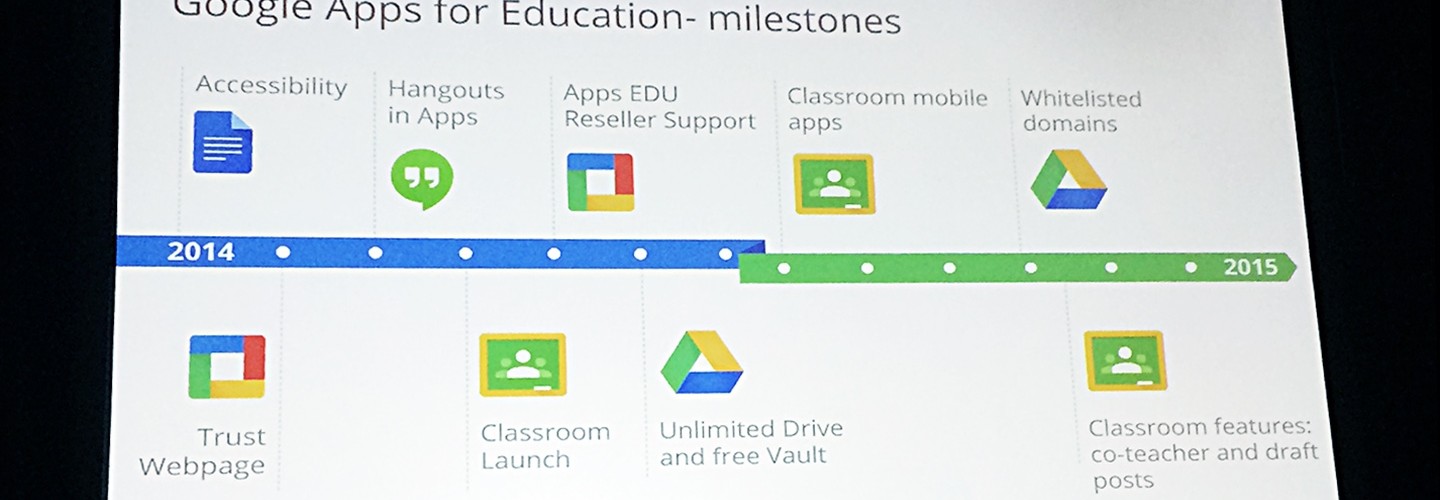Google Education Gains Momentum: 50M App Users, 10M Chromebook Users
Google's education solutions have hit major milestones this month, according to an update to the company's blog.
More than 50 million students and teachers are using Google Apps for Education, more than 10 million are using Google Classroom, and more than 10 million are using Google Chromebooks.
"Ever since we began working with teachers and students, it's been rewarding and encouraging to hear their stories, collaborate to find answers to their problems, and watch those solutions come to life at schools and universities around the world. Lucky for us, we’re just getting started," wrote Cinthya Mohr, Google for Education's user experience lead.
Google has dubbed Classroom "mission control for students and teachers." The app, which weaves together various other apps, including Drive, Docs, Sheets and Forms, made waves shortly after it was launched in August 2014.
Over the past year, the app has been expanded with a host of new features, including a mobile version and a student response system, as well as application programming interface (API) tools that allow Classroom to be integrated with third-party systems. The platform is edging closer to what teachers seek in a robust learning management system.
Much of the growth of Google’s Apps for Education ecosystem can be attributed to the spread of the Chromebook — the company’s answer to a low-cost notebook for K–12. Last year, Chromebooks solidified themselves as the best-selling K–12 device.
Part of that success is due to the device’s affordability, but the other key element is the growth in one-to-one initiatives across the country. EdTech has spoken with a number of large K–12 districts who adopted Chromebooks as their device solution. Donna Teuber, the team leader for technology integration at Richland County School District Two in Columbia, S.C., said Chromebooks helped streamline collaboration across the district.
“We liked the ability for students to have single sign-on for Google Apps and the variety of apps we identified that were important,” Teuber said. “We also had conversations about the importance of a keyboard, so students can write, create blogs, share documents and collaborate with each other.”








